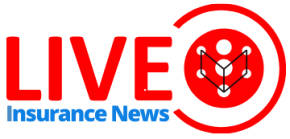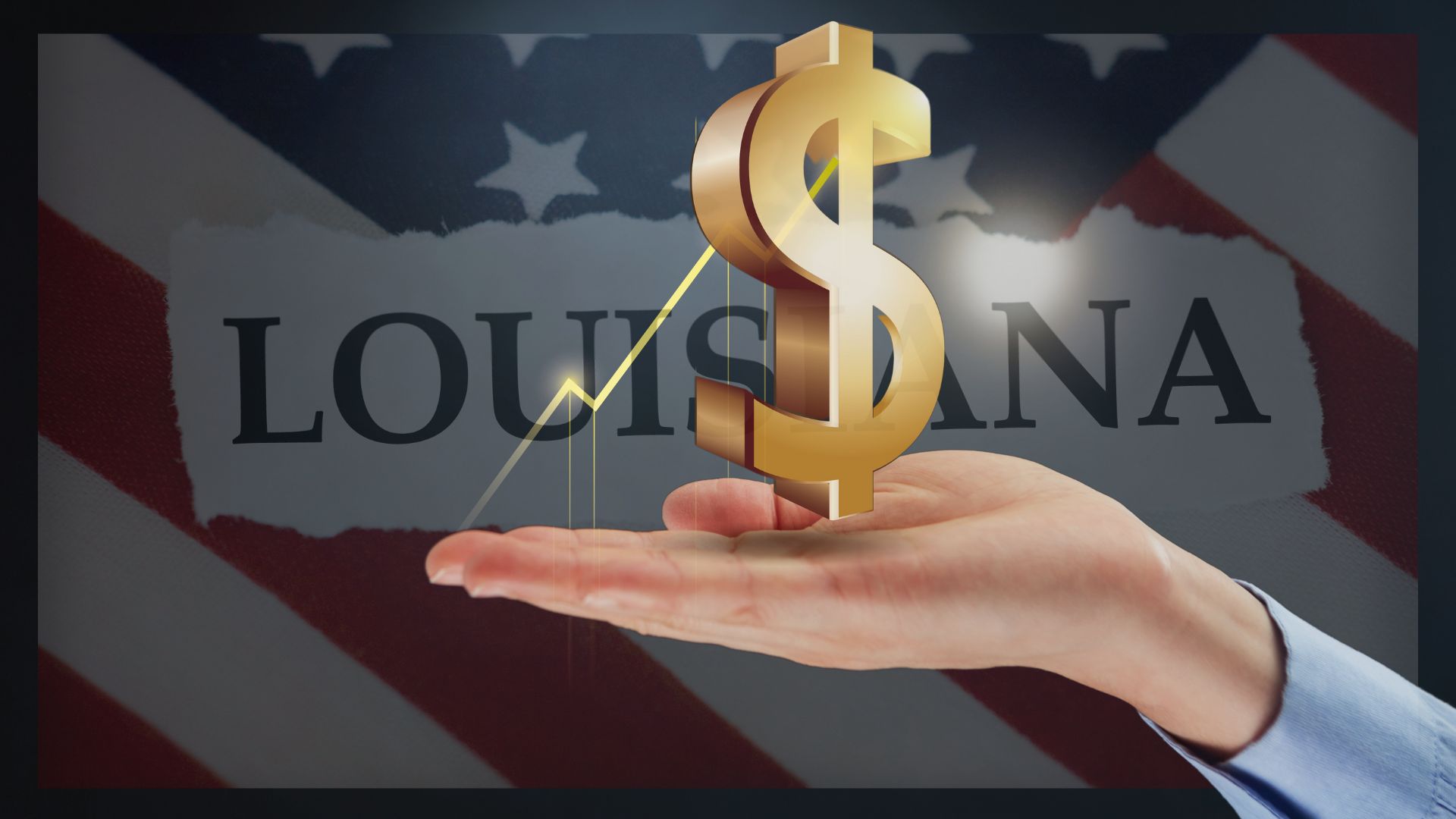Legislative Efforts in 2024 Signal Progress, but Challenges Remain
Louisiana’s insurance market has long been fraught with challenges, and while legislative reforms in 2024 represented a step toward stabilizing the market, deeper systemic issues still require attention. According to the Insurance Information Institute’s (Triple-I) recent report, Trends and Insights: Louisiana Insurance Market, residents continue to face some of the highest auto and homeowners insurance costs in the nation.
Triple-I’s findings revealed striking numbers that underscore this affordability crisis. For auto insurance, the average annual expenditure in Louisiana stood at $1,588 in 2022, nearly 40% above the national average. Homeowners insurance fared worse, averaging $2,178 per year—54% higher than the national average and accounting for 3.81% of the state’s median household income.
Sean Kevelighan, CEO of Triple-I, acknowledged the progress made under the guidance of Louisiana’s insurance commissioner but stressed the need for further reforms. He cited Florida as a case study where comprehensive legal reform significantly curbed market challenges, adding that Louisiana’s complex environment requires similar measures.
The Roots of Louisiana’s High Insurance Costs
The high cost of insurance in Louisiana can be attributed to several factors, including recurring severe weather events, escalating repair and rebuilding expenses, and an environment rife with litigation. The relatively low average household income in the state deepens affordability struggles, making insurance costs an even heavier burden on residents.
Natural disasters play a significant role in shaping the insurance market’s instability. Hurricane-related losses in 2020 and 2021, due to storms such as Hurricanes Laura and Ida, led to homeowners insurers experiencing drastic underwriting losses. For instance, Louisiana homeowners insurers would need a combined ratio of 85 for 24 consecutive years to recover their 2021 losses, the report stated.
Adding to these woes are high rates of litigation. Nearly 50% of auto insurance premiums in Louisiana are spent on injury claims, double the national average. This stems from the striking frequency of bodily injury claims; almost half of vehicle accidents in the state result in injury claims, a stark contrast to national trends.
How Triple-I Leverages Technology to Address These Issues
The Insurance Information Institute is harnessing advanced analytical tools and predictive modeling to help states like Louisiana tackle their insurance challenges. By leveraging data-driven insights, Triple-I aims to provide more accurate risk assessments and improve underwriting practices.
One example of technological innovation is Triple-I’s application of geospatial analysis to better understand risk exposure from natural disasters. This technology allows insurers to identify vulnerable areas with greater precision, enabling smarter pricing strategies and resource allocation.
Additionally, Triple-I has implemented predictive models to assess litigation trends—a significant factor in Louisiana’s insurance market challenges. These models help insurers anticipate the potential volume and severity of claims, offering a clearer pathway to setting competitive premiums without sacrificing profitability.
Recent Developments and Their Implications
Recent news about Triple-I highlights their continued push for educational initiatives aimed at fostering a better understanding of risk management. Their collaboration with state insurance regulators focuses on consumer-first policies, creating more tailored insurance solutions based on local needs.
Triple-I’s efforts are closely monitored as Louisiana lawmakers weigh additional reforms to quell rising insurance costs. Analysts argue that addressing the state’s litigative culture could dramatically reduce premiums, lightening the financial load on residents. Current discussions suggest that new measures targeting frivolous lawsuits and injury claims could be introduced within the next legislative session, though no firm timelines have been established.
Why This Report Matters
The Triple-I report offers essential insights into why insurance remains a financial hurdle for so many Louisianans. The data sheds light on how systemic issues like recurrent natural disasters and excessive litigation exacerbate the problem. Beyond numbers, the report serves as a call to action for continued reform.
For Louisiana residents, every percentage point off an insurance premium can mean greater financial stability. Auto insurance already devours 2.7% of household income, while homeowners insurance demands even more. These figures highlight the unsustainable nature of the current system for people trying to manage basic living costs.
These lessons extend beyond Louisiana. With climate change increasing the likelihood of severe weather nationwide, all states would benefit from the insights gained here. States like Texas and Florida, facing similar challenges, could adapt Triple-I’s findings to safeguard their markets.
Moving Forward Together
The issues outlined in the Triple-I report are not insurmountable. While Louisiana’s challenges are unique, solutions born of collaboration between insurers, lawmakers, and residents are within reach. Innovations in technology and data analysis will continue to play a key role in navigating paths to more affordable coverage.
For now, the message to Louisiana’s residents is clear—it’s vital to advocate for reforms that prioritize mitigation of rising claims and reduction of litigation. At the same time, insurers and regulators must work toward creating insurance structures that are both sustainable and equitable.
It’s not enough to wait for legislative action or insurer initiatives alone. Communities must educate themselves on risk management strategies, ranging from storm-proof construction techniques to ensuring adequate coverage for their unique needs. These small, proactive steps can make a significant difference, even as larger systemic reforms progress.
Patience will be essential, as the processes to stabilize an insurance market take time. Yet with ongoing technological advancements and a commitment to reimagining risk management, Louisiana can steer toward a more balanced, affordable insurance landscape—one that adequately protects its residents while ensuring fairness for all involved.


